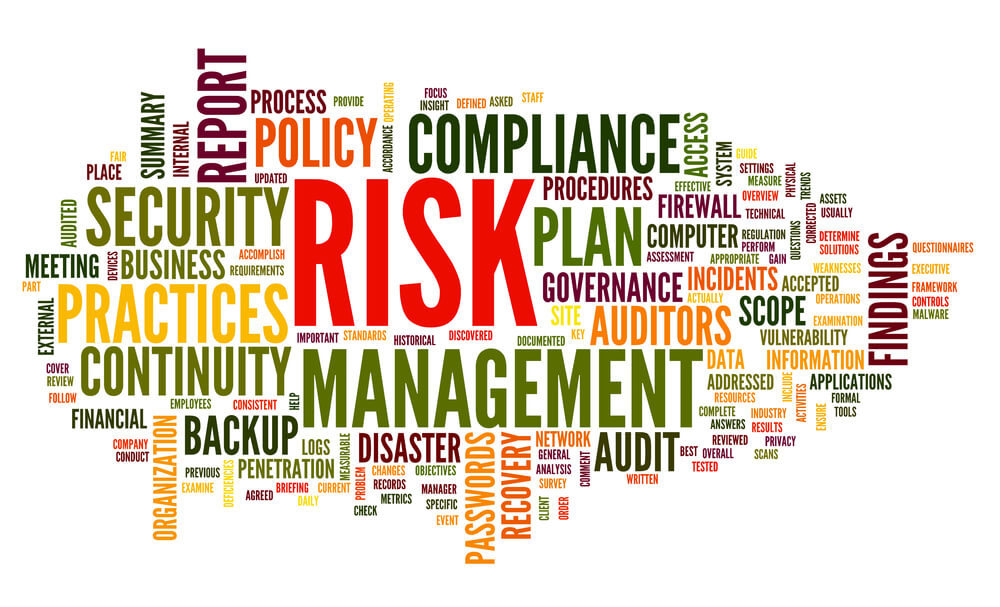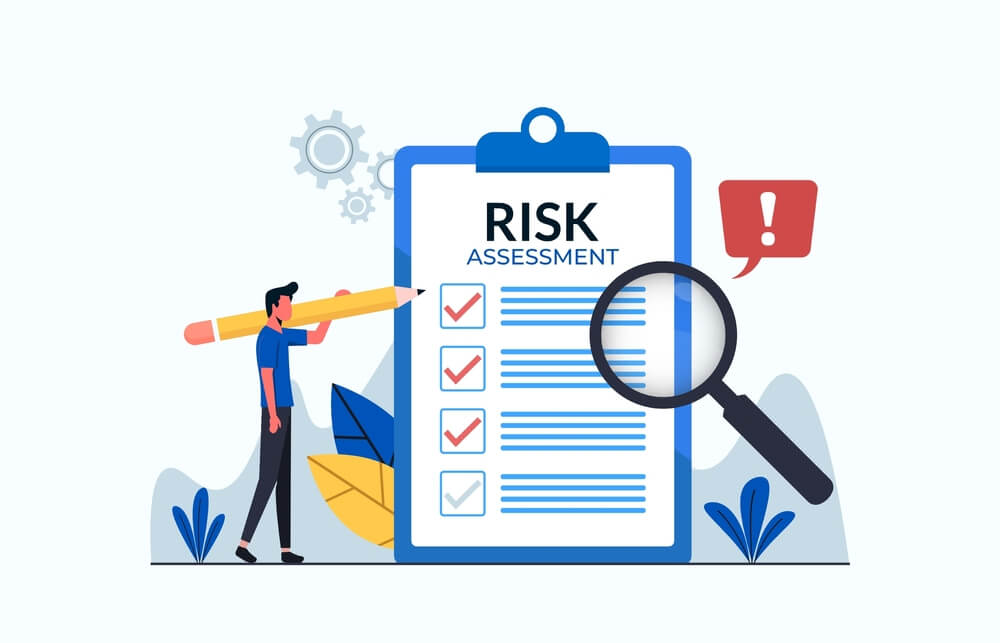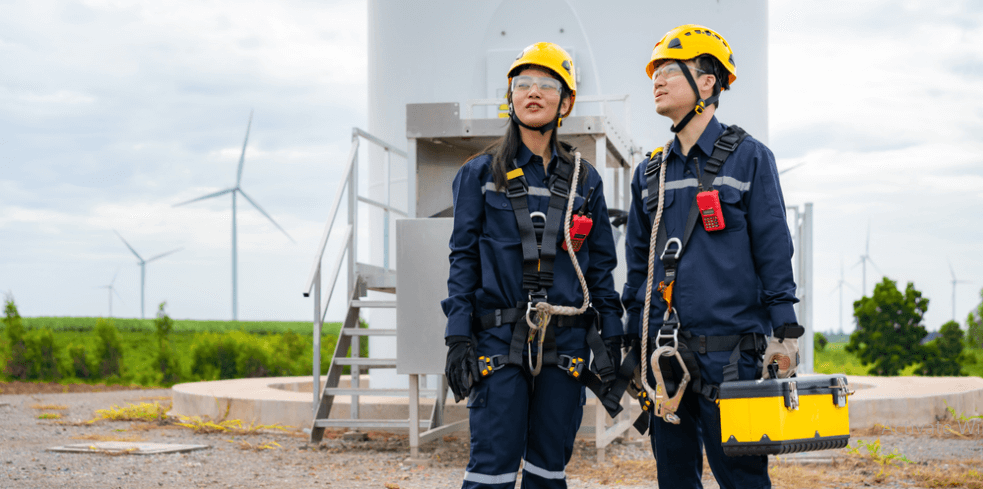What is Risk Based Inspection (RBI)?
Risk Based Inspection (RBI) is a process used to develop inspection and other maintenance mitigation plans based on risk. RBI means prioritized risk inspection and is a sound integrity plan if coupled with a Management of Change (MOC) program and the equipment operating within the integrity Operating Window (IOW).
Normally, Inspection costs and risks are reduced by implementing an RBI approach but reducing inspection costs is not the prime concern of RBI. The safety and integrity of the equipment are the prime concern. RBI Assessment includes considering the risk drivers, determining damage mechanism, extent, type, size, and location; selecting the most suitable inspection types and examination methods and techniques, choosing the inspection and examination coverage and frequency,
Determining the inspection interval, considering other risk-mitigating measures, and resolving the residual risk if the inspection plan and recommendations were implemented.
The output of the RBI assessment is the inspection plan plus non-inspection recommendations (repair, replacement, alteration, process change, use of inhibitors). To assess the probability of failure, you should consider all the possible damage mechanisms.
RBI will not compensate for
- Inaccurate or missing information.
- Preliminary design or faulty equipment installation.
- Lack of sound engineering or operational judgment.
- Operating outside the acceptable design envelope.

Quick Navigation
What are the Benefits of Risk Based Inspection (RBI)?
Hidden Benefits of Risk Based Inspection (RBI) are:
- A reduction in risk for the facilities and equipment assessed.
- An understanding of the current risk.
- Cost optimization on inspection resources.
- Optimized schedule shutdown frequencies.
- Increased knowledge of plant team about their equipment.
- Improved uptime and reliability.
- Reduced likelihood of catastrophic failure.
- Greater business flexibility.
- Improved quality of the inspection.
- Spend focused on the high-risk items.
- Cost-saving potential.
- Reduced downtime for inspection.
- The extended interval between inspections.
- Wasteful inspections eliminated.
Reducing inspection costs is usually not the primary objective of an RBI Assessment, but it is frequently a side effect of optimization.
What are the Types of Risk Assessment?
A Risk Assessment is more than a careful examination of what in work could cause harm. So that you can weigh up whether you took enough precautions or should do more to prevent them.

1) Qualitative Risk Assessment
The Qualitative Risk Assessment is the most common form of risk assessment. You will often see this type of risk assessment in workplaces. It is based on the personal judgment and expertise of the assessor. They will often use their own experience and consult with others carrying out the activity and best practice guidance to reach their decisions.
Any Healthy and Safety Risk Assessment will start with a simple qualitative assessment. Ina qualitative risk assessment, the assessor, will categorize risk into levels, usually high, medium, or low.
A Qualitative Risk Assessment should be a systematic examination of what in the workplace could cause harm to people to decide whether existing precautions or control measures are adequate or whether more needs to be done to prevent damage.
A Qualitative Risk Assessment will look at the risk of somebody being injured. If that is high, medium, or low, just like any other type of risk assessment, any high stakes will need to be addressed as a priority. Low-level risks can be looked at later or might not require further action to be taken.
A qualitative risk assessment doesn’t need to involve numbers, but the risk is still calculated by the severity of harm x probability of harm. Qualitative Risk Assessment consists in making a formal judgment on the consequence (severity) and possibility (likelihood).
2) Quantitative Risk Assessment
The Quantitative Risk Assessment measures risk by assigning a numerical value. This risk assessment will likely be used with major hazards, like aircraft design and complex chemical or nuclear plants. In carrying out quantitative risk assessments, special quantitative tools and techniques will be used for hazard identification and to estimate the severity of the consequences and the likelihood of realizing the hazards.
Now you can understand here; that we use a risk matrix to identify the risk level of hazards in that activity.
3) Generic Risk Assessment
Generic Risk Assessments cover common hazards for a task or activity. The idea behind generic risk assessment is to cut down on duplication of effort and paperwork. This type of risk assessment will consider the hazards of activity in a single evaluation. That activity may be carried out across different work areas or different sites.
In a single assessment, it means considering the activity and relevant to its hazards for risk assessment. It is important to remember that while the risks from an action may be shared across different sites, environmental changes can affect risk levels and introduce new hazards. It’s probably best to start using generic risk assessments as site-specific ones.
4) Site-Specific Risk Assessment
A Site-Specific Risk Assessment is a risk assessment completed for a specific item of work that takes account of the site location, environment, and people during the work.

For Example, Image a generic risk assessment for drilling. It would cover risks like entanglement with rotating parts, projectiles, contact with hot features of the tool during use, vibration, and noise. But could there be unusual within a confined space? A vessel or a tank. Access may be limited. Flammable gases could be present. You could need additional controls like atmosphere testing, a permit to work, and a rescue plan.
Therefore, site-specific risk assessment is very important. Because of this, we can identify or find hidden or unusual hazards of that particular activity in a specific location.
Drilling – Green Field (Open Space) – Generic Risk Assessment
Drilling – Confined Space – Site Specific Risk Assessment.
5) Dynamic Risk Assessment
A Dynamic Risk Assessment is a process of assessing risk in an on-the-spot situation. For Example, If an alone worker feels uneasy about a problem, there should be a process to get help if things go wrong or action that can be taken, like emergency procedures.
Emergency Procedure – Unknown – On the Spot Situation – Dynamic Risk Assessment.
What steps are involved in Risk Assessment?
There are five steps to Risk Assessment:
What is Risk-Based Inspection (RBI) Cost Savings?
Immediate cost savings are moving from a time-based to risk-based approach and, in some cases, inspection less and more effective inspection techniques to look for the appropriate damage mechanism. The key is to focus resources on the 5 to 10% of the assets driving the bulk of the risk. But in general, the cost benefits of RBI are:
- It generally requires 50% to 90% fewer inspection points than a traditional API inspection program while reducing the risk of failures by 80% to 95%.
- Extends plant shutdown intervals and reduces the number of equipment items opened by 30% to 60%.
- Over five years, the benefit of RBI is generally 5 to 20 times the cost of its implementation and management.
- Over the RBIS program is operational, inspection learning is fed back to help lower the risk profile of an asset’s equipment. RBI also:
- Identifies when to perform Fitness for Service Assessments.
- Provides information to help make informed decisions about how, when, and where to inspect.
Why Risk Based Inspection (RBI) getting more attention?
Oil and gas facilities are getting older; the older a facility is meaning, the closer to its end of life). the higher the risks;
- Government and society are now stricter about the health and safety of the public.
- The environmental consequences are now way more concerning than in the past.
- More competition in the industry needs more financial risk calculation and accepting some risks to reduce the cost.
- Media (specifically social media) could easily affect corporations’ reputations.
- Nowadays, we know more about the dangers in the industry than before, so we are more concerned.
Using Risk Based Inspection (RBI) as a Continuous Improvement Tool
Risk Based Inspection (RBI) should be reassessed whenever there is a change (process change, fresh evidence becomes available, change in damage mechanism, and virtually any information that would affect the initial input and assumptions).
RBI assessment and recommendations are time-based and “live document,” a robust continuous improvement tool.
Risk Based Inspection (RBI) as an Integrated Management Tool
Risk Based Inspection (RBI) uses the outcome of other risk management tools such as process hazards analysis (PHA), Integrity Operating Windows (IOWs), or Reliability Centred Maintenance (RCM) to improve the Inspection Plan and associated inspection activities. RBI shall be integrated with other management tools, such as Management of Change (MOC) to operate safely and efficiently.
RBI also helps the organization better plan its maintenance activities, including planning and budgeting for repair, replacement, and alterations.
Why Choose Us?
Based on its origins in engineering, quality inspection, and technical services, TUV AUSTRIA’s principal corporate strategy has always pursued additional opportunities to provide clients with valuable support. TUV Austria Bureau of Inspection & Certification’s vast umbrella of services includes:
- Third Party Inspection Services
- Pre-Shipment Inspection Services
- Crane Inspection Services
- Lifting Equipment Inspection Services
- QA / QC Services
- Construction Supervision Services
- Technical Manpower Supply Services
- Non Destructive Testing (NDT) Services
- Storage Tank Inspection Services
- Pressure Equipment Directive (PED)
- Pressure Vessel Inspection Services
Would you mind sending an Enquiry so we can assist you?